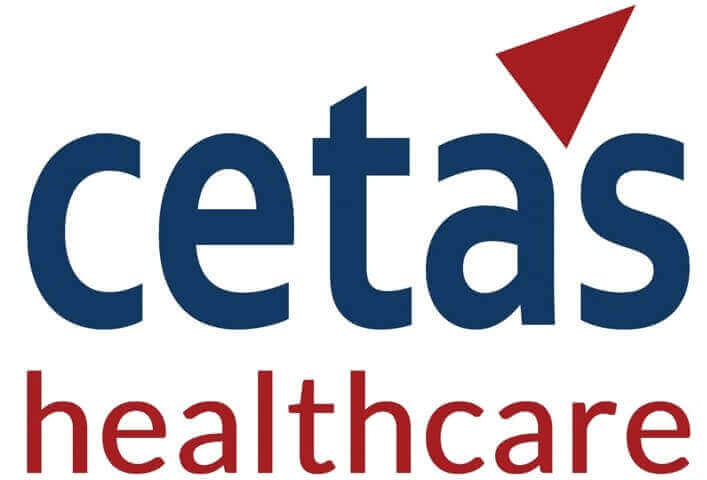X
As regulations become more stringent, MedTech manufacturers must adapt to ensure compliance while continuing to innovate. Most orthopaedic devices fall under regulations driven by an increasing demand for safer, more effective medical device testing. Regulatory professionals in the orthopaedic market must stay abreast of these changes to ensure compliance and maintain market competitiveness. This blog explores key considerations for adapting to European Union’s Medical Device Regulation (EU MDR) regulatory changes.
Clinical testing is a cornerstone of the regulatory process for high risk (class III) orthopaedic devices. The MDR has introduced more stringent requirements, demanding robust clinical data to demonstrate the safety and efficacy of these devices.
Notified Bodies (NB) demand comprehensive data to assess the long-term safety and performance of orthopaedic products. Post-Market Clinical Follow-up (PMCF) surveys play a crucial role in generating EU-MDR compliant robust data, especially for medical devices with limited clinical data.
The globalization of the medical device market necessitates adherence to international compliance standards. Manufacturers must navigate various regulatory frameworks to market their products globally.
Post-market surveillance (PMS) is critical for monitoring the safety and effectiveness of orthopaedic devices after they reach the market. Regulatory agencies require continuous monitoring to identify and mitigate potential risks.
Ensuring the safety of orthopaedic devices during the post-operative stage is crucial. Regulators require detailed safety data to assess long-term outcomes and potential complications.
Adapting to global regulatory changes in orthopaedic device manufacturing requires a multifaceted approach. While this may result in fewer new products entering the market and a slower rate of new orthopaedic device introductions compared to regions with less stringent regulations, it ultimately prioritizes patient safety. However, manufacturers have noted that this could lead to increased prices for new products due to the higher costs associated with compliance. By choosing clinical surveys for legacy and low risk devices, manufacturers can ensure safety and efficacy of their products while maintaining market competitiveness.


We provide the best insights for your business
